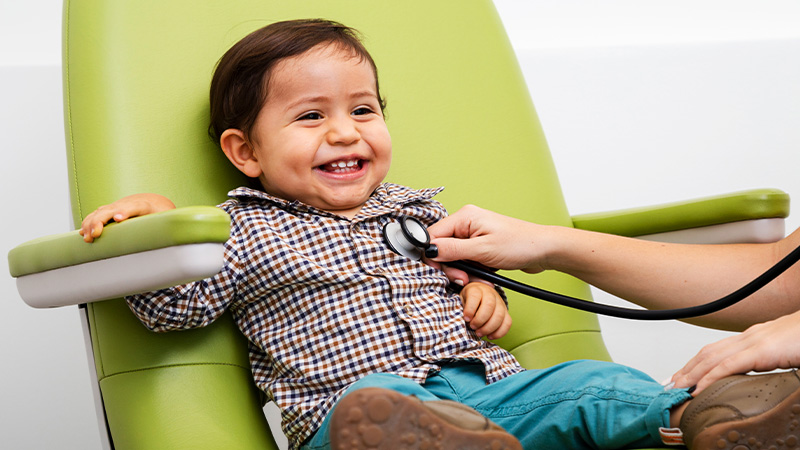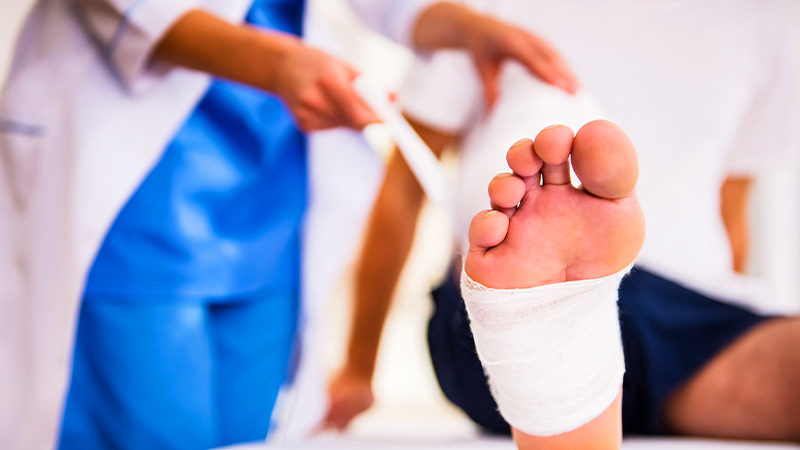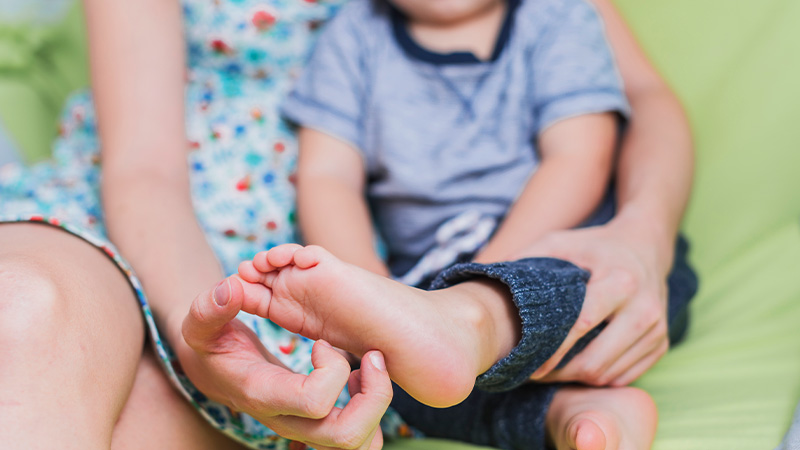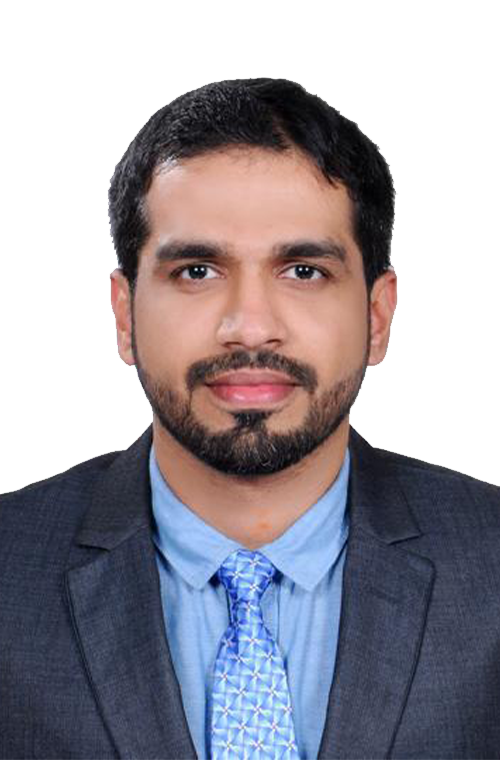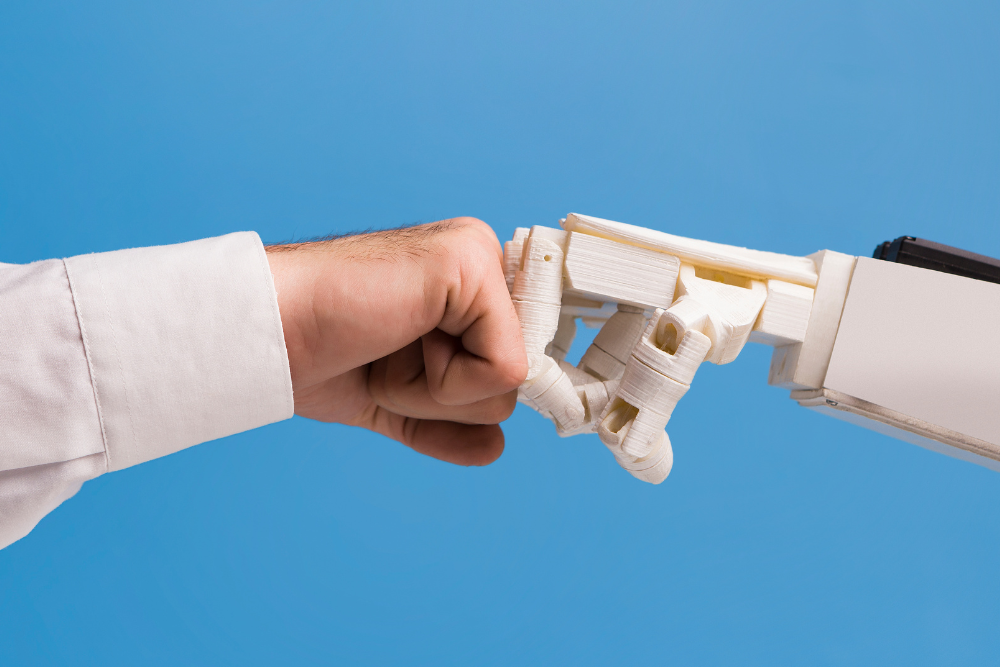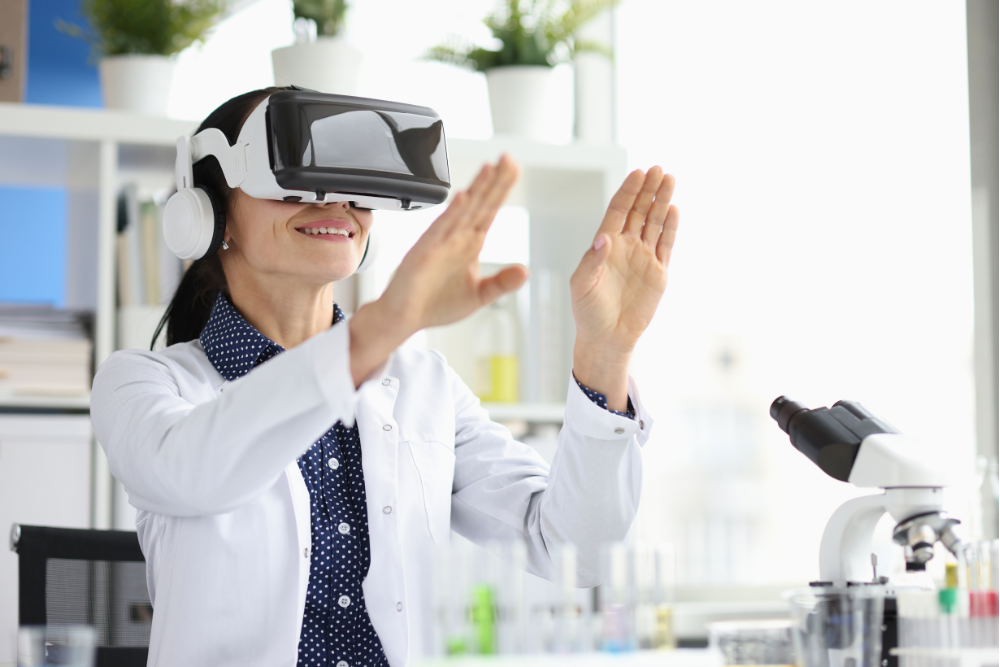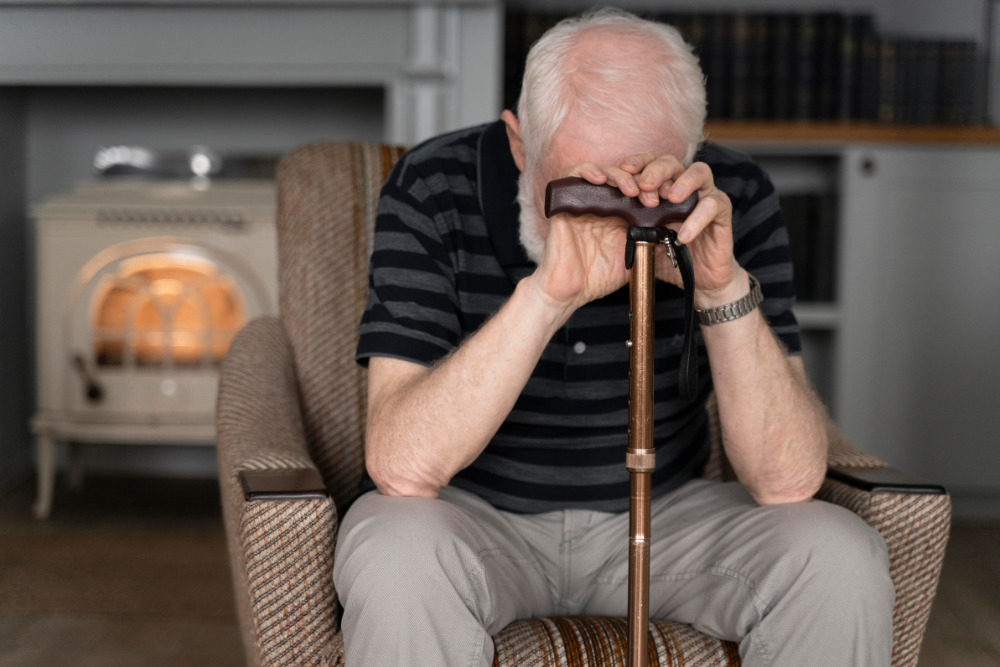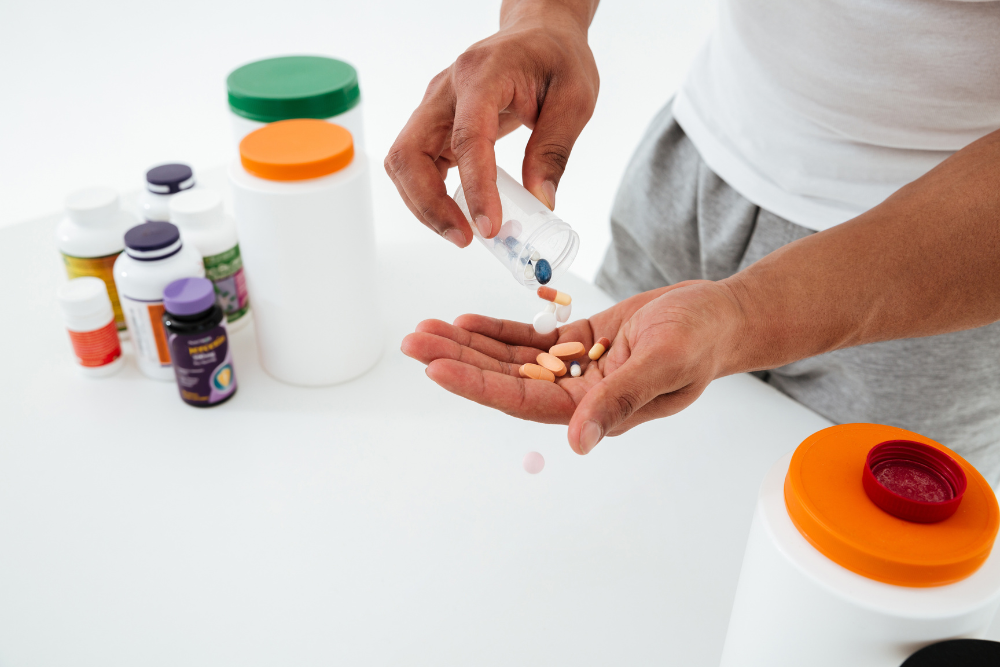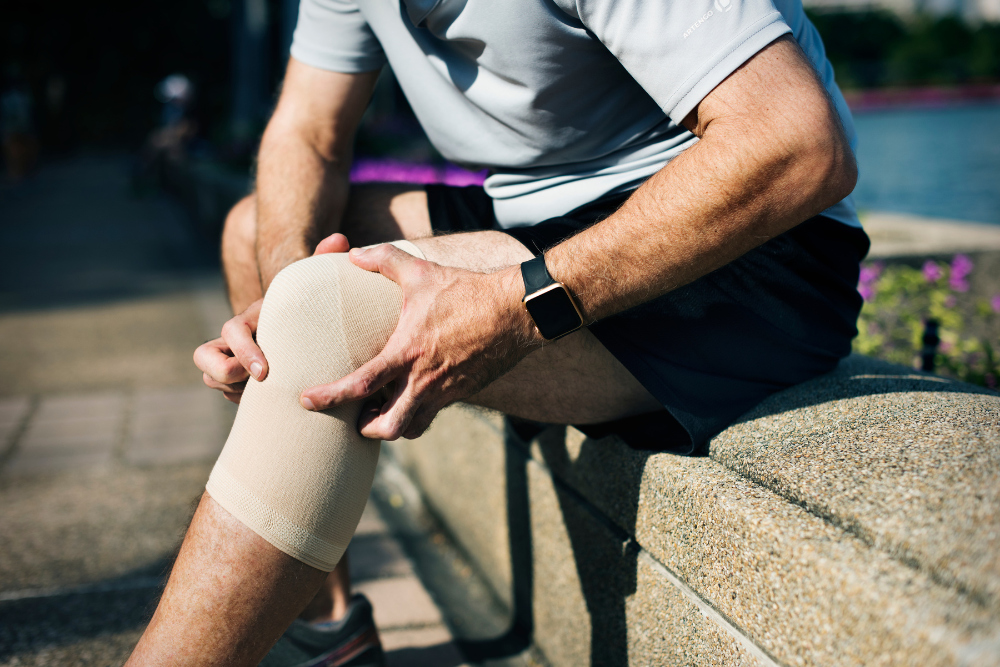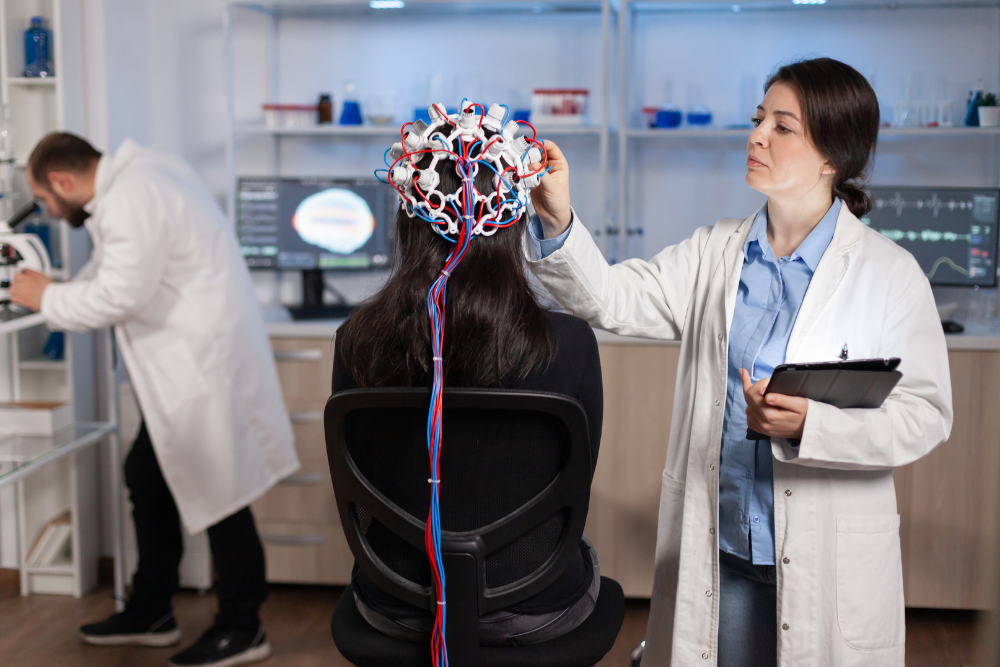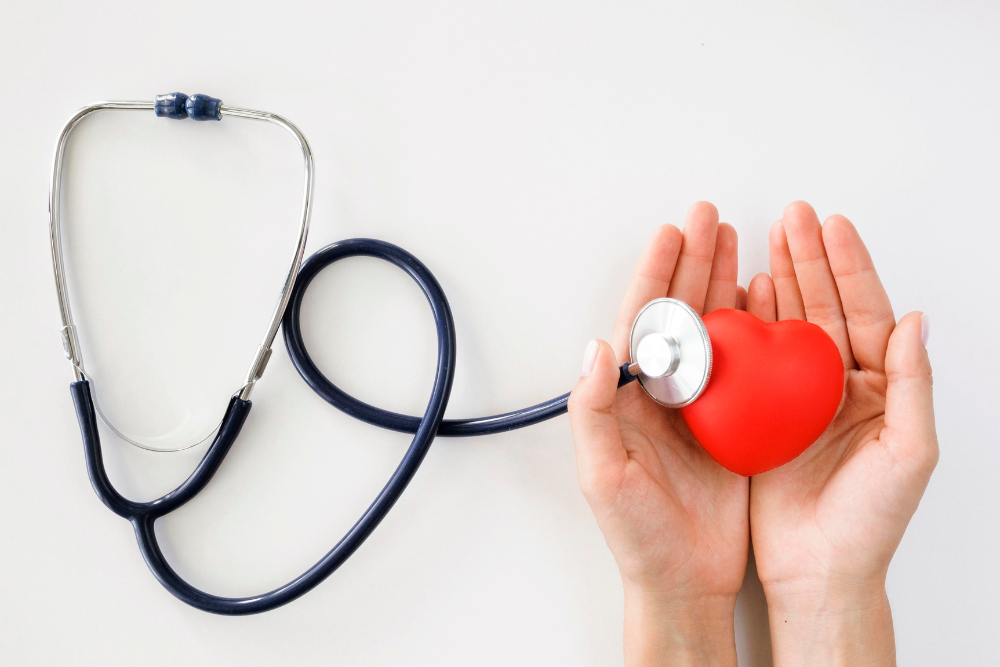Overview
Pediatric orthopedics focuses on the diagnosis and treatment of musculoskeletal conditions in children, addressing issues related to bones, joints, muscles, and other structures. As children's bodies are still growing and developing, their orthopedic needs differ from those of adults. Understanding and managing these unique concerns is crucial for ensuring the healthy development and well-being of young patients.
Pediatric orthopedic conditions can encompass a wide range of issues, including congenital abnormalities, developmental disorders, fractures, sports injuries, and musculoskeletal infections. Timely intervention is essential to address these conditions and promote proper growth and function.
Pediatric orthopedic conditions can encompass a wide range of issues, including congenital abnormalities, developmental disorders, fractures, sports injuries, and musculoskeletal infections. Timely intervention is essential to address these conditions and promote proper growth and function.
Common Paediatric Orthopaedic Conditions
- Developmental Dysplasia of the Hip (DDH): An abnormal development of the hip joint that can lead to hip dislocation or instability in infants.
- Clubfoot: A congenital condition where a newborn's foot is turned inward, requiring corrective measures to facilitate normal development.
- Scoliosis: Abnormal curvature of the spine that can occur in children and adolescents, necessitating monitoring and intervention.
- Fractures and Sports Injuries: Children are prone to fractures and sports-related injuries due to their active lifestyles. Proper diagnosis and treatment are crucial for optimal recovery.
- Limb Length Discrepancy: Variances in the length of arms or legs that may be congenital or result from growth disturbances, requiring appropriate management.
- Pediatric Orthopedic Infections: Infections affecting the bones and joints in children, which demand prompt medical attention and treatment.
Diagnosis and Treatment
At Parvathy Hospital, Pediatric orthopedic specialists employ a comprehensive approach to diagnose and treat musculoskeletal conditions in children. This may involve:
- Clinical Evaluation: Thorough physical examinations to assess a child's musculoskeletal health and identify any abnormalities or concerns.
- Imaging Studies: X-rays, MRIs, or other imaging techniques to visualize the bones and joints and aid in accurate diagnosis.
- Non-Surgical Interventions: Many Pediatric orthopedic conditions can be managed with non-surgical approaches, such as physical therapy, bracing, or casting.
- Surgical Procedures: When necessary, surgical interventions may be recommended to correct deformities, address fractures, or manage complex conditions.
- Rehabilitation: Postoperative care and rehabilitation play a crucial role in ensuring a child's optimal recovery and return to normal activities.
When to Consult a Doctor ?
It is advisable to consult a pediatric orthopedic specialist at Parvathy Hospital, when:
- Your child experiences persistent musculoskeletal pain or discomfort.
- Your child sustains an injury, and there are concerns about fractures or dislocations.
- Your child exhibits signs of developmental or congenital orthopedic conditions.
- Your child participates in sports, and there are concerns about sports-related injuries.
- Your child has difficulty with mobility, coordination, or shows signs of gait abnormalities.
- Your child has a limb length discrepancy or other visible musculoskeletal abnormalities.
- Your child requires surgical intervention for an orthopedic condition.
Call +91 98412 98412 for medical emergencies or 044 2238 2248 / +91 98848 99091 to book an appointment.
General (FAQ) For Pediatric orthopedics
Developmental dysplasia of the hip (DDH) is a condition where the hip joint doesn't develop properly, leading to potential dislocation or instability.
The exact cause of DDH is often unknown, but factors like breech birth, family history, and certain swaddling practices may contribute.
Signs of hip dysplasia in infants may include asymmetrical thigh folds, limited hip abduction, and an audible "click" during hip movement.
DDH stages range from mild dysplasia to dislocation. Early detection and intervention, often through the use of braces or harnesses, can effectively treat mild cases.
Clubfoot is a congenital condition where a baby's foot is turned inward. The exact cause is unknown, but genetic and environmental factors may play a role.
Yes, clubfoot can be corrected in children through a series of gentle manipulations, casting, and sometimes, surgical intervention.
The main cause of scoliosis is often idiopathic, meaning the cause is unknown. Other cases may result from conditions like neuromuscular disorders or congenital spine abnormalities.
Symptoms of scoliosis may include uneven shoulders or hips, an asymmetrical waistline, a visible curve in the spine, and back pain.
Osteomyelitis, an infection of the bone, is a common bone infection in children. It is often caused by bacteria and may occur after an injury or surgery.
An infection in a child's joint, known as septic arthritis, is a serious condition where the joint becomes infected, causing pain, swelling, and limited mobility.
Common bone infections include osteomyelitis, septic arthritis, and cellulitis. Prompt diagnosis and treatment are essential to prevent complications.

